The Baghdad Battery is one of the most mysterious and controversial artifacts in the history of archaeology. It consists of a clay pot, a copper tube and an iron rod, which some believe could form a primitive electric battery. But what was its purpose and how old is it?
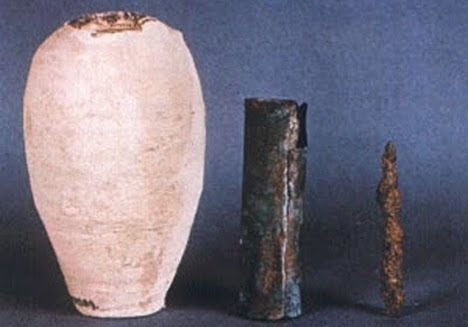
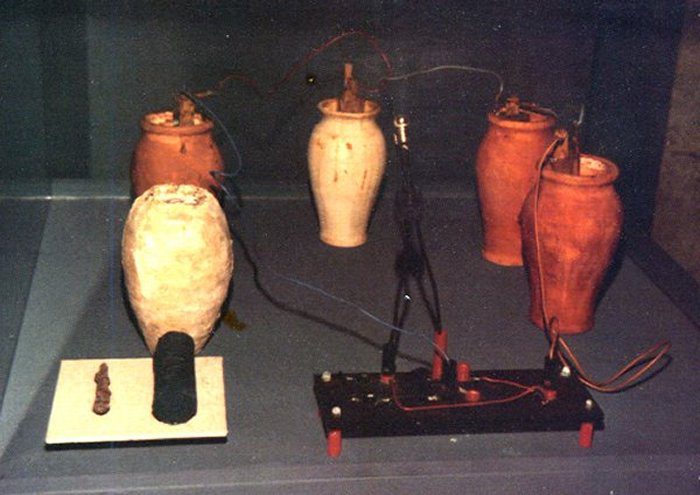
The artifact was discovered in 1936 by Wilhelm König, a German archaeologist working at the Iraq Museum in Baghdad. He found it among a collection of objects excavated near the ancient city of Ctesiphon, the capital of the Parthian and Sassanid empires that ruled Mesopotamia between 150 BC and 650 AD1. König noticed that the copper tube and the iron rod were corroded, suggesting that they had been in contact with an acidic liquid. He also observed that some silver objects from the same period had very thin layers of gold on them, which he speculated were electroplated using a battery-like device1.

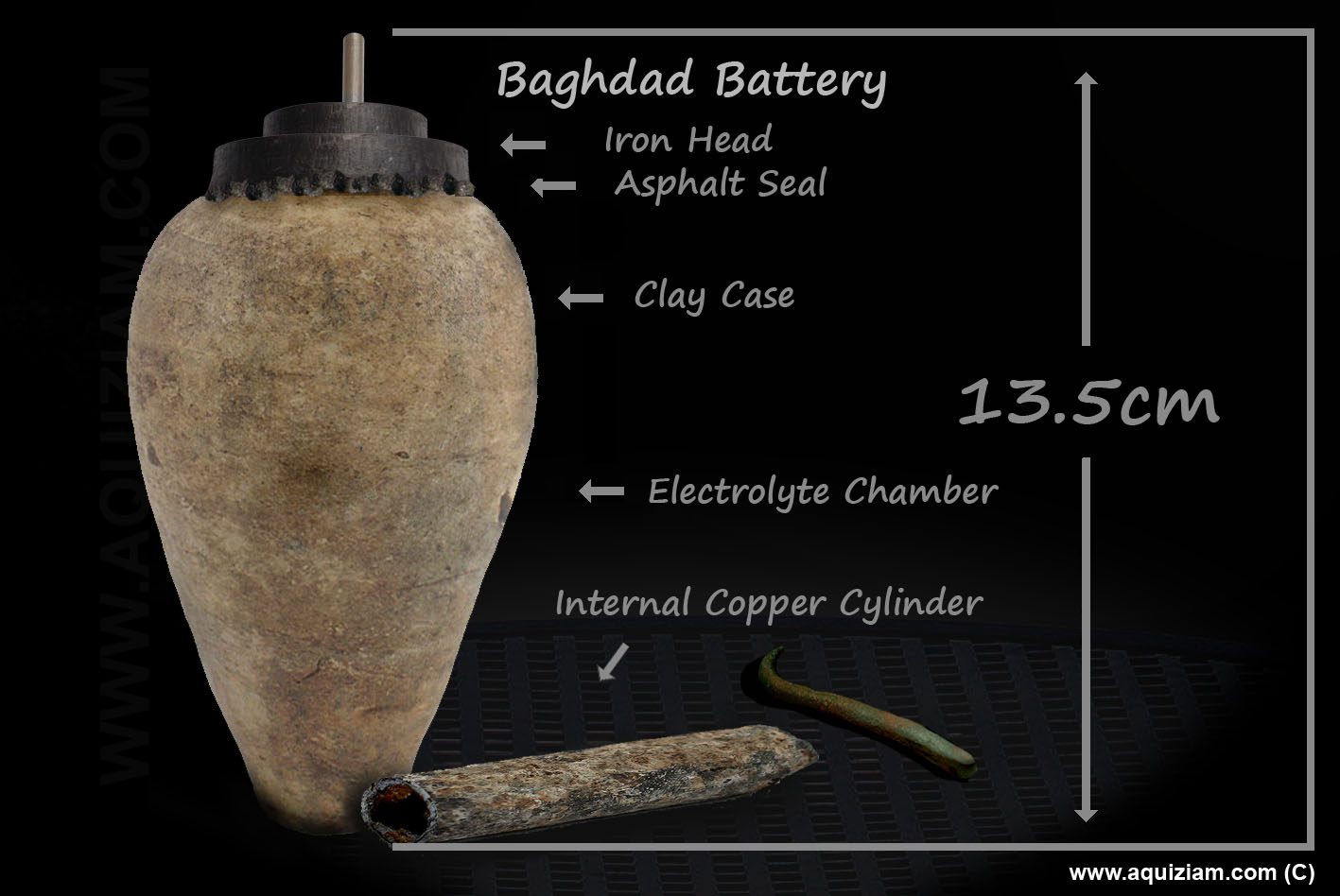
König published his theory in 19382, proposing that the Baghdad Battery was a galvanic cell that could produce a small electric current by filling the pot with vinegar or wine as an electrolyte1. He suggested that the ancient Mesopotamians used this current for electroplating precious metals, or for medical purposes such as pain relief or acupuncture1. His idea was met with skepticism by many archaeologists, who argued that there was no evidence for such advanced technology in ancient times, and that the artifact was probably a storage vessel for sacred scrolls or other materials1 .

However, some experiments have supported König’s hypothesis. In 1940, Willard Gray, an engineer at General Electric, built a replica of the Baghdad Battery and managed to generate half a volt of electricity by using lemon juice as an electrolyte1. In 1978, Arne Eggebrecht, a German Egyptologist, claimed to have electroplated a silver statuette with gold by using several Baghdad Batteries connected in series1. In 2005, a team from the Discovery Channel’s MythBusters program also replicated the experiment and achieved similar results1.
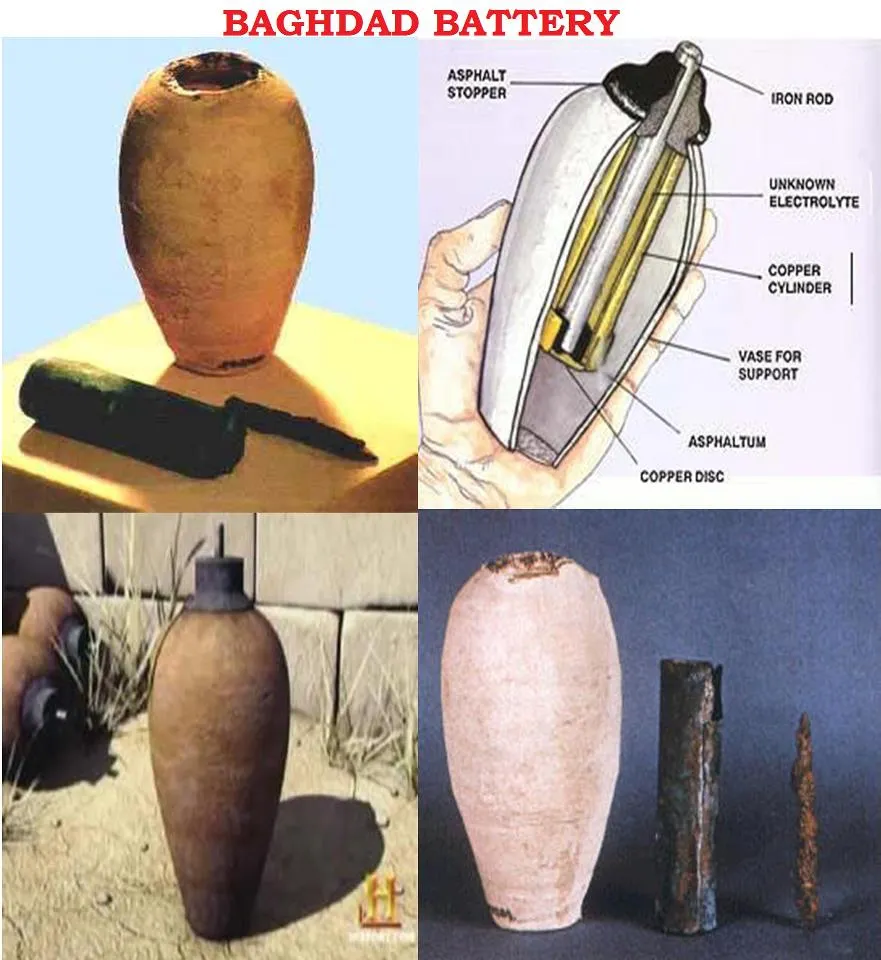
The origin and date of the Baghdad Battery remain unclear. The style of the pottery suggests that it belongs to the Sassanid period (224–640 AD)3, but it could also be older. The artifact may have been influenced by other cultures, such as ancient Greece or India, where knowledge of electricity and metallurgy was more advanced1. The purpose of the Baghdad Battery is also uncertain. It may have been used for electroplating or medical purposes, but it could also have been a toy, a ritual object or a scientific curiosity1.
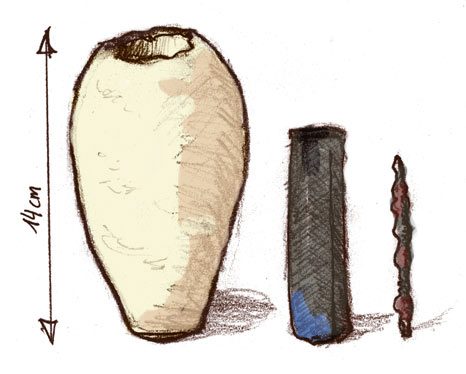
The Baghdad Battery is currently housed in the National Museum of Iraq in Baghdad, but it disappeared during the US occupation of Iraq in 2003 and was later recovered1. It remains a fascinating enigma that challenges our assumptions about ancient civilizations and their technological achievements.